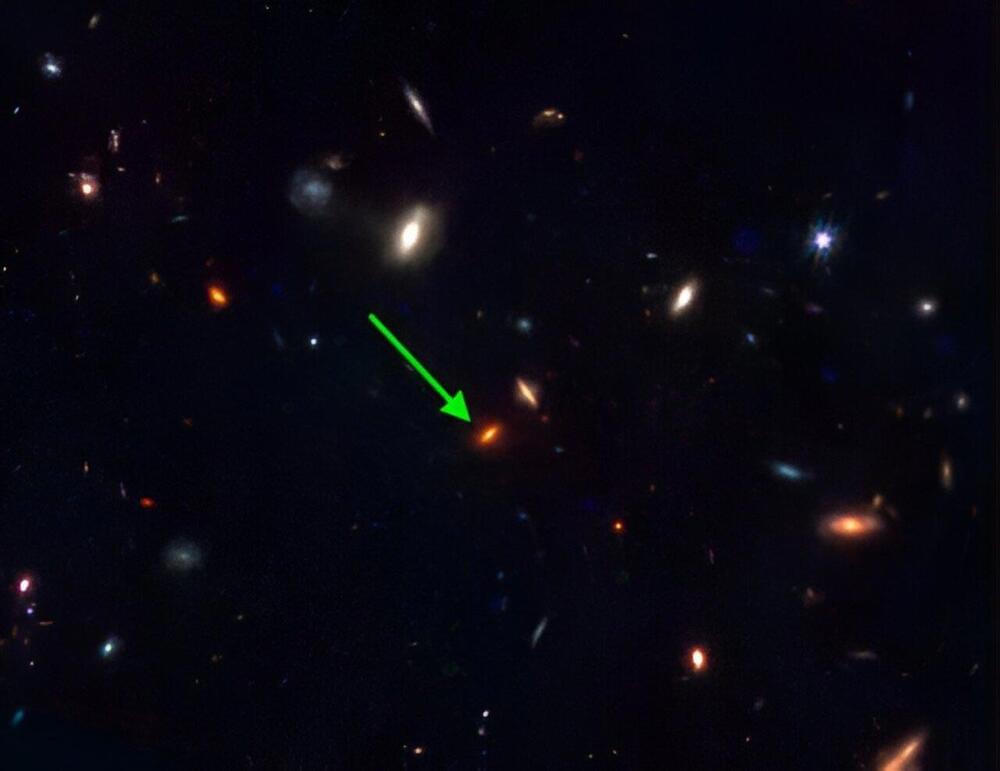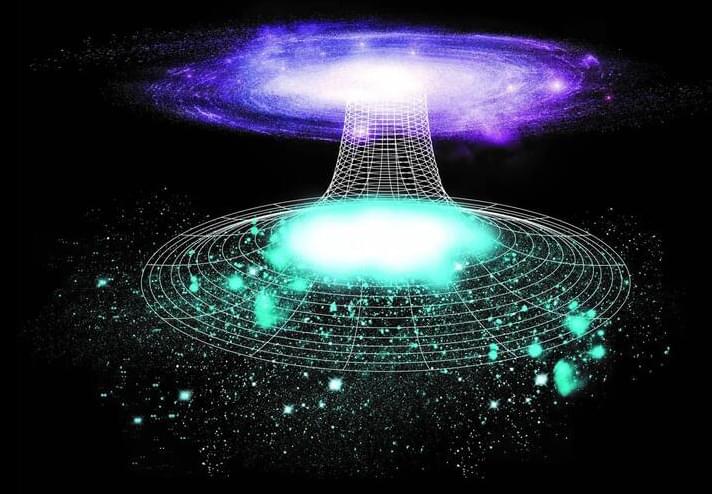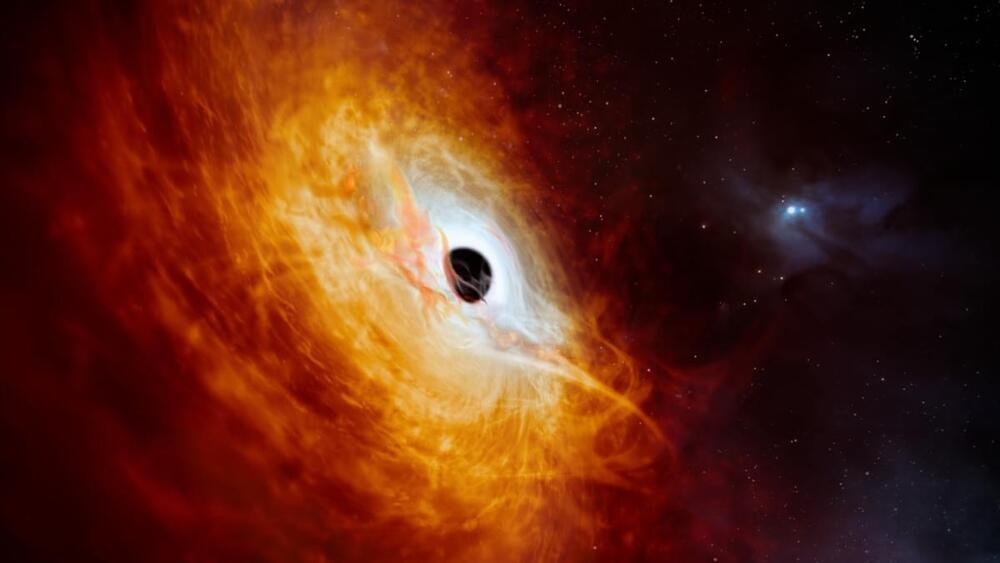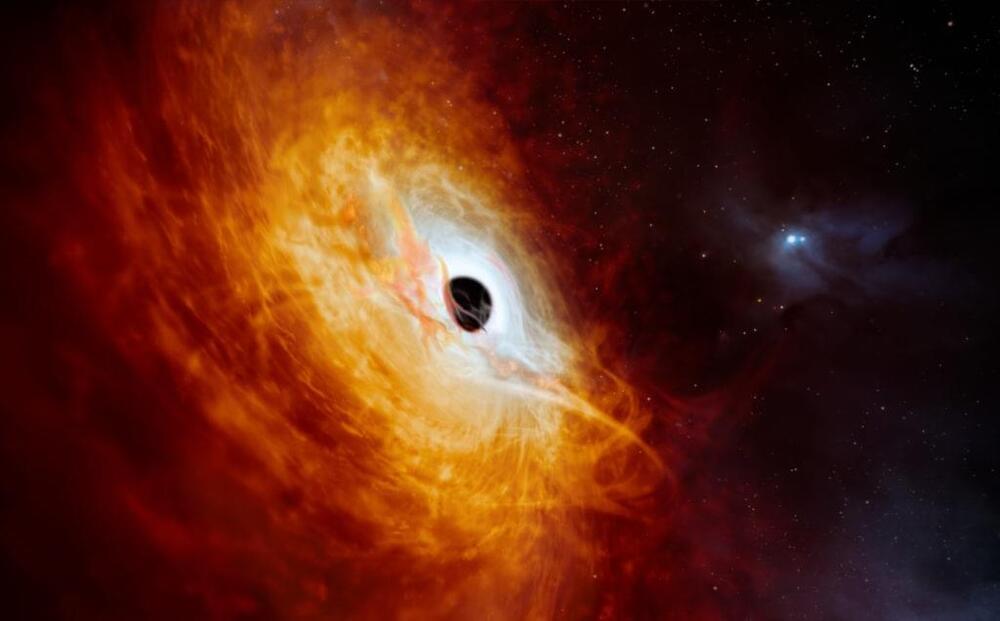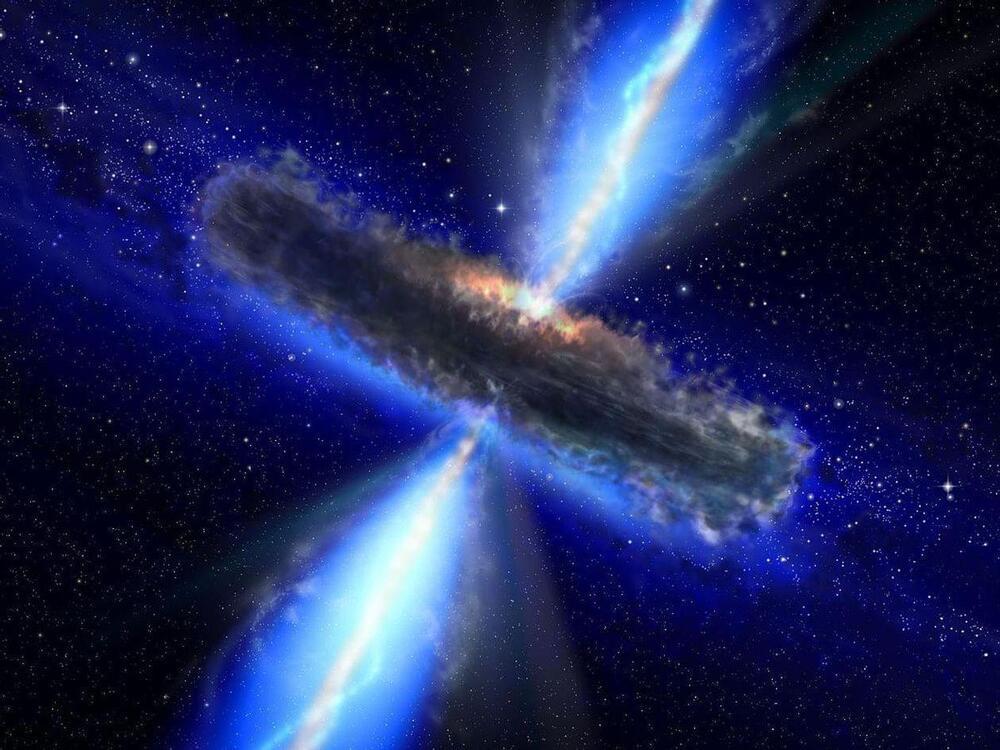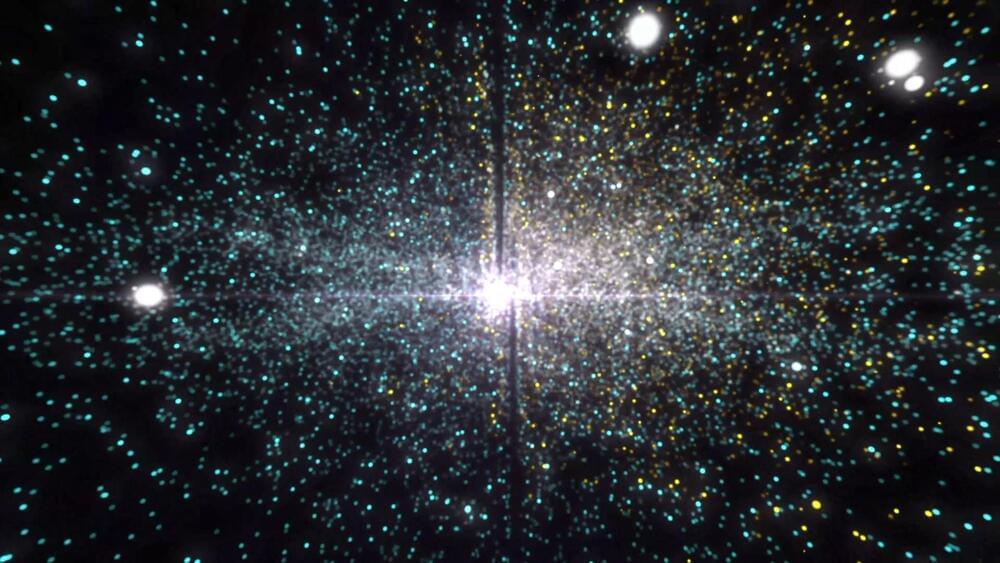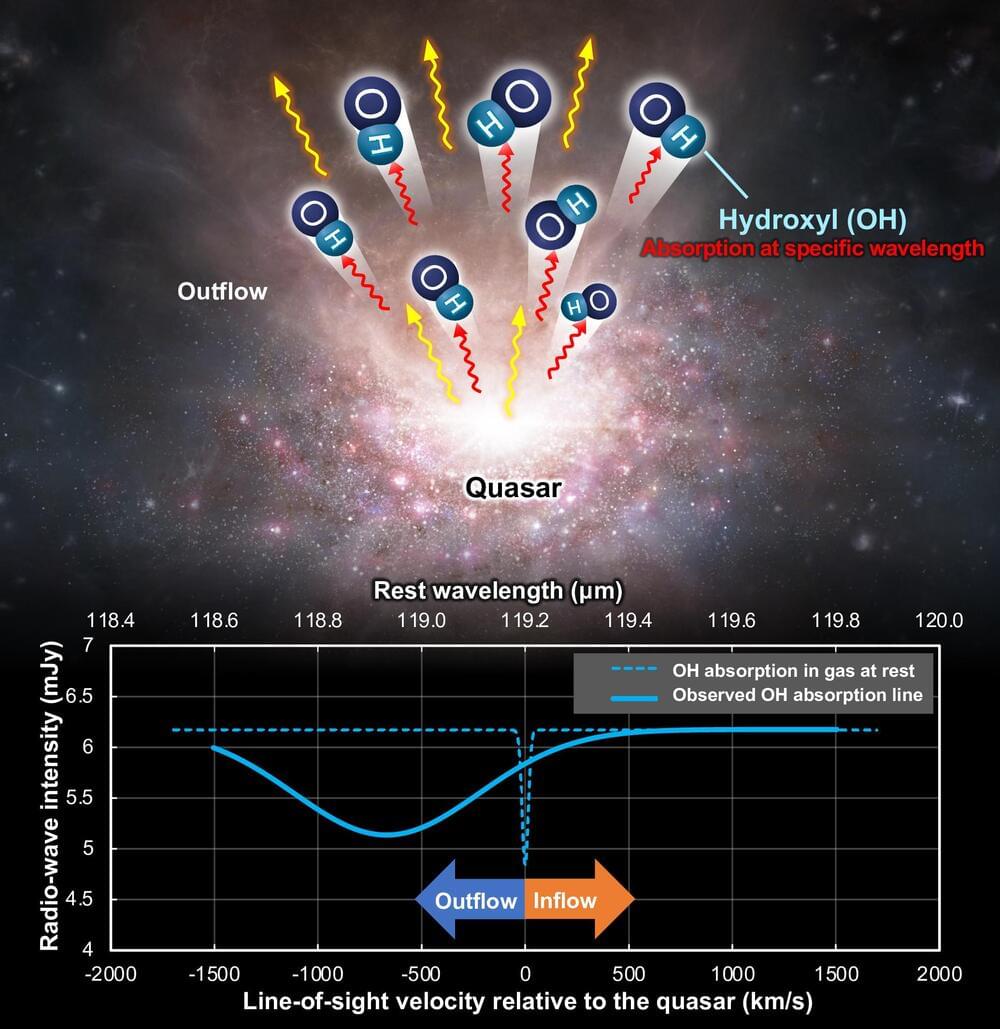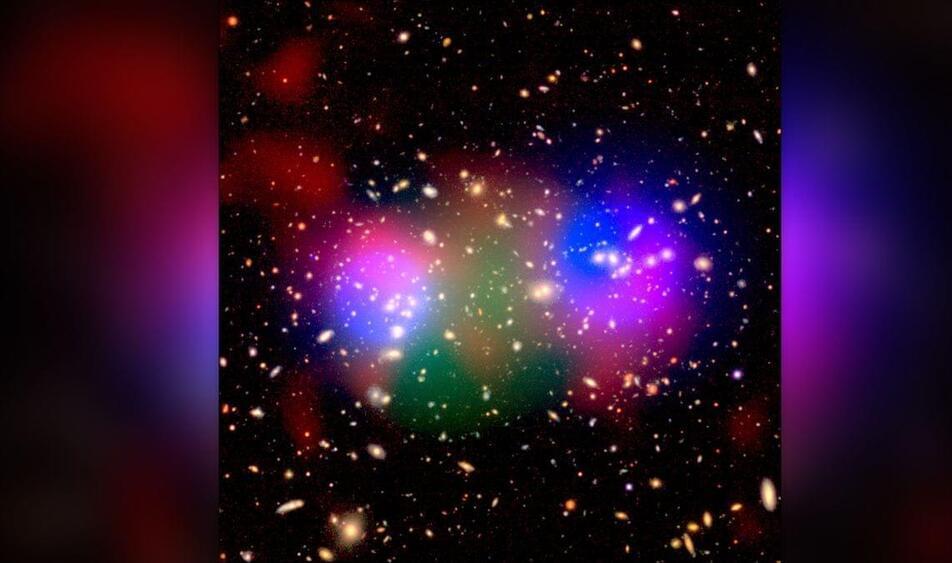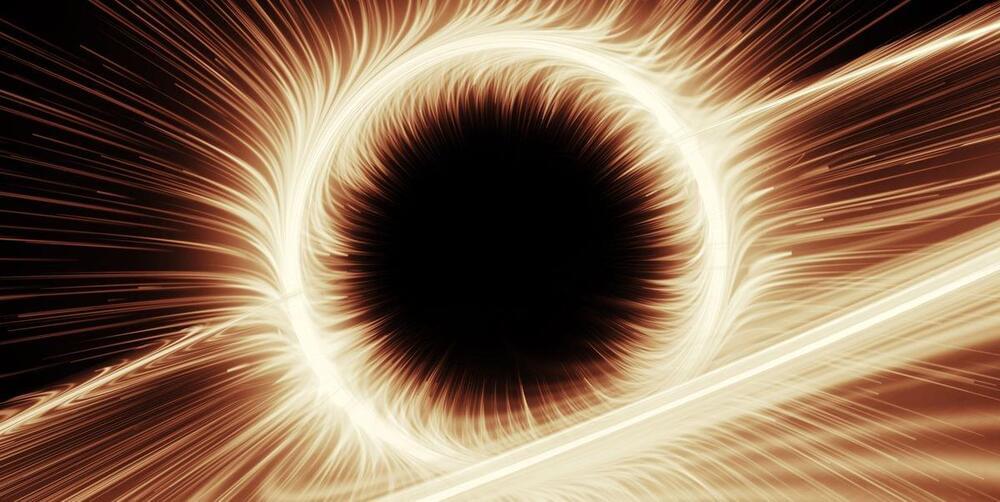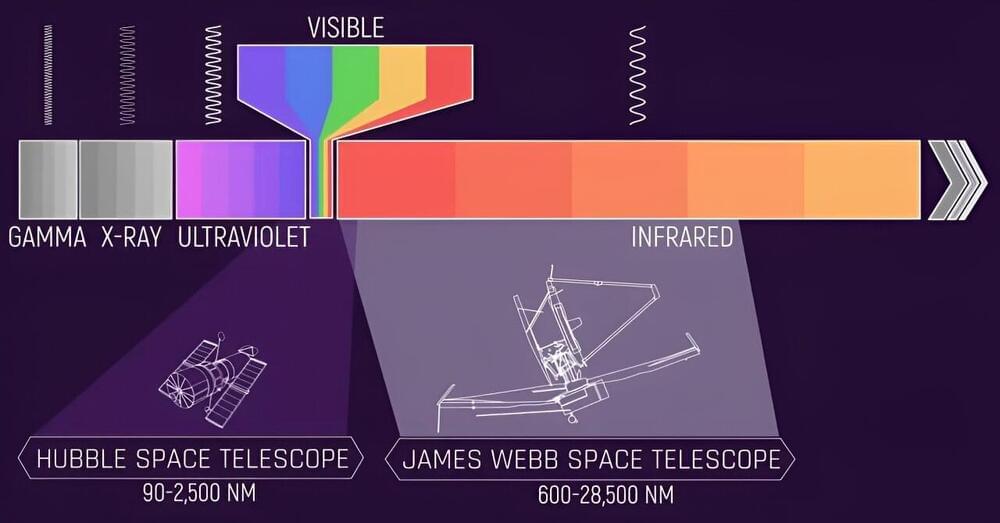Our understanding of how galaxies form and the nature of dark matter could be completely upended, after new observations of a stellar population bigger than the Milky Way from more than 11 billion years ago that should not exist.
A paper published in Nature details findings using new data from the James Webb Space Telescope (JWST). The results find that a massive galaxy in the early universe – observed 11.5 billion years ago (a cosmic redshift of 3.2) – has an extremely old population of stars formed much earlier – 1.5 billion years earlier in time (a redshift of around 11). The observation upends current modeling, as not enough dark matter has built up in sufficient concentrations to seed their formation.
Swinburne University of Technology’s Distinguished Professor Karl Glazebrook led the study and the international team that used the JWST for spectroscopic observations of this massive quiescent galaxy.
